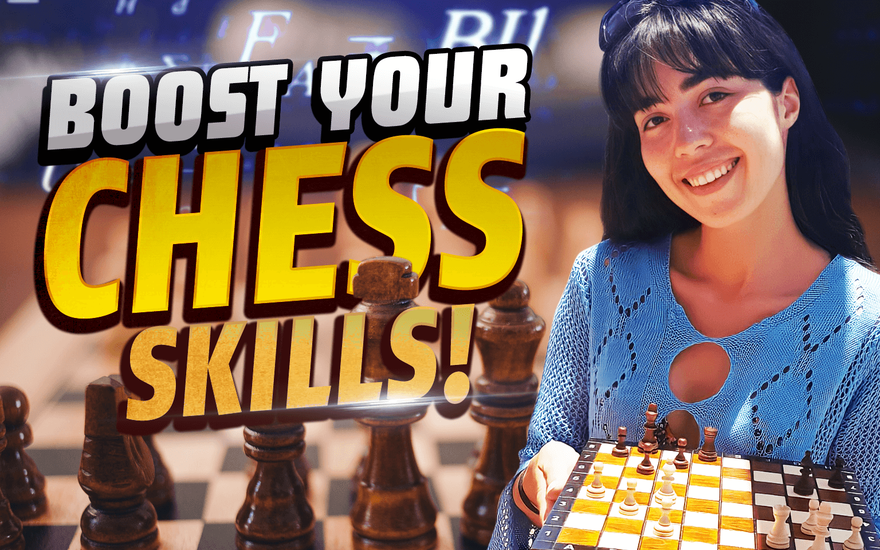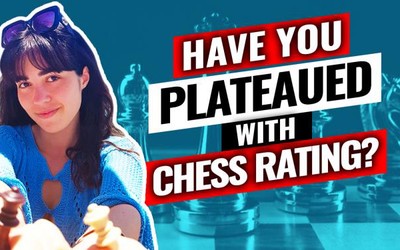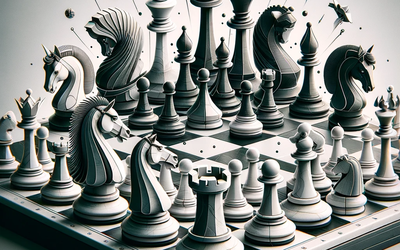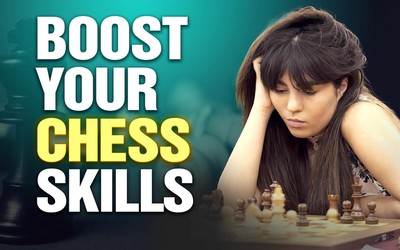
Link between strategy and tactic
Most chess players do not know the link between in-game strategy and tactic, and many chess beginners get tangled easily. According to experienced chess players, when a player plans to make strategies during a chess game, it leads to tactical maneuvers, especially in the middle game and end-game. Whereas, tactics play an important role for the beginners as they decide the critical middle-game outcomes of below master level plays and which every intermediate player is must aware of.Therefore, both of them play a significant role in a chess game and correlate with each other in future moves. To enhance your strategies and tactical skills, your first strategy kit has got your back that will help you how to make strategies that will set up more tactical possibilities so that you can dominate in every chess game.
The most important aspects of tactics and strategies are given below.
Strategy – Always Plan for Strategic Developments
Chess grandmasters usually make long-term strategic ideas or plans that help them make future tactical positions. In strategic development, high-level players usually focus on positional advantages instead of trading, attacking, or playing tactical moves without any strategic plans. Some of the strategic examples are given below:
• King’s Safety
A player should always be aware of their King’s safety as your opponent can plan deadly strategic plans most often in the openings if your King is not guarded correctly.
• Pawn Structure
It plays a vital role when making strategies because if bad pawn structures are ignored, the opponent can take advantage of those pawns and plan more strategic scenarios.
• Trading pieces
Long-term strategies include trading off pieces most of the time to get into a better position or create future tactical scenarios.
Tactics – Spot Your Tactical Positions
Tactics are considered short-term plans that help you capture the pieces with sequence moves. Most high-rated chess players focus on making good strategical development and then wait for the opponent to make mistakes and after some time those tactical moves are spotted and exploited. Some of the tactical examples are given below:
• Skewers
Skewers are the best tactical move that is mostly identified in the middle or an end-game that attacks a minimum of two pieces (mostly with a King) of the opponent using an open file, rank, or a diagonal.
• Pins
Pins are usually beneficial most of the time as it restricts your opponent to stay in the same position unless the pin is blocked or removed.
• Forks
Forks are known as the moves that attack two pieces of the opponent at the same time which is hard to prevent by the opponent.
Which Is More Important?
Both the strategies and tactics associate directly or indirectly with each other as both are equally important in a chess game. However, in the early stages of learning chess, tactics are crucial because if your opponent is better at spotting future tactical probabilities and you have limited tactical skills, you might lose. However, it is concluded that in making tactical scenarios, strategies play a significant role as there are fewer chances of creating tactical positions without a good strategic development.
Your First strategy kit can provide you with all the necessary guidance to learn and think more strategically in a chess game, as well as polish your tactical skills.
Website: Chess boost
Course: Everyone's First Strategy Kit
More blog posts by mlatb

Unlocking Strategies for Rapid Improvement
Most of the players, after finishing their games starts playing another chess game, which is why reg…
Tips for Moving Up to the Next Level
It can be frustrating to feel stuck at your current skill level, but don't worry – there are steps y…
Study Plan for Intermediate Players
Once you’ve learned the fundamentals of chess, it’s time to graduate to the intermediate aspects of …
